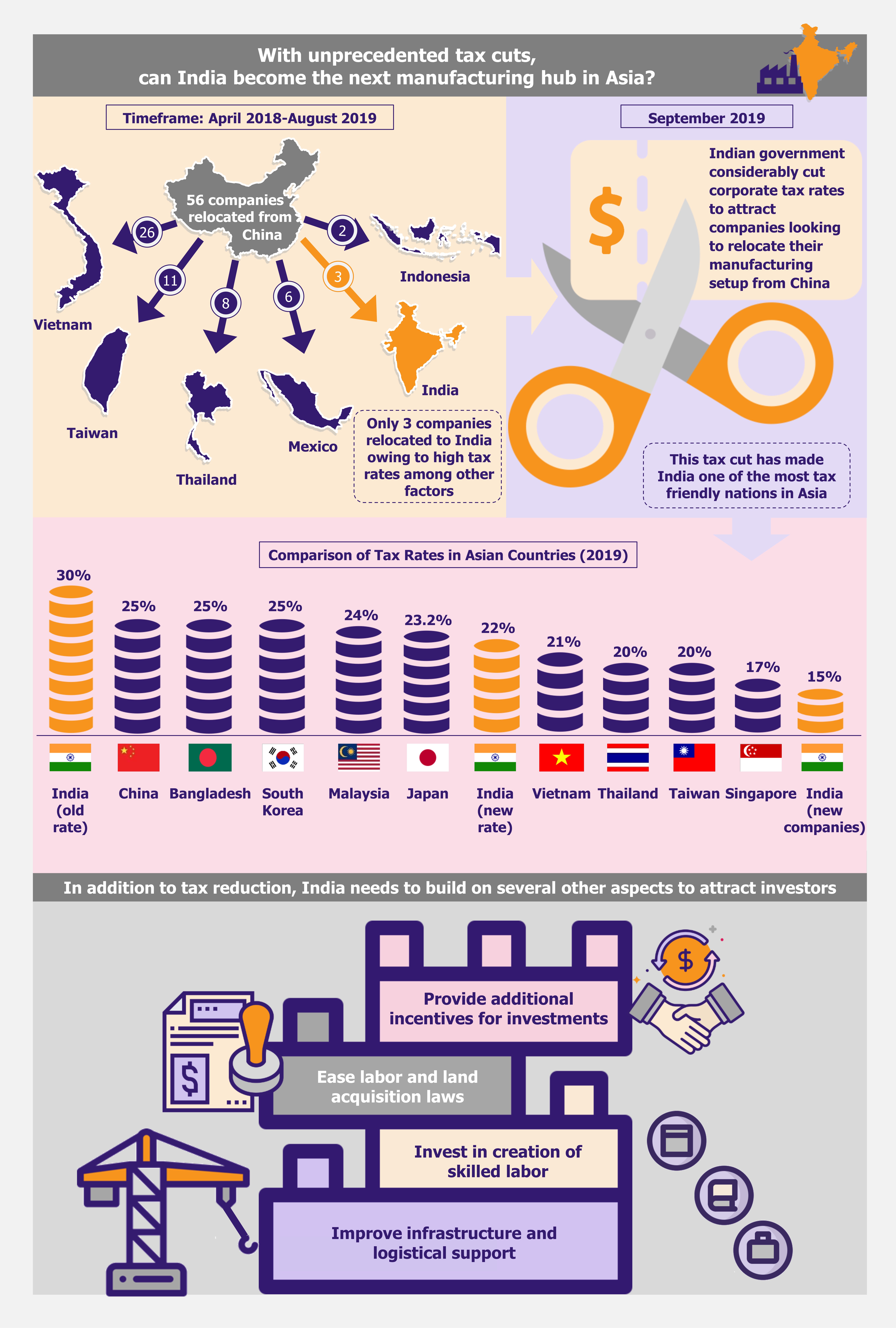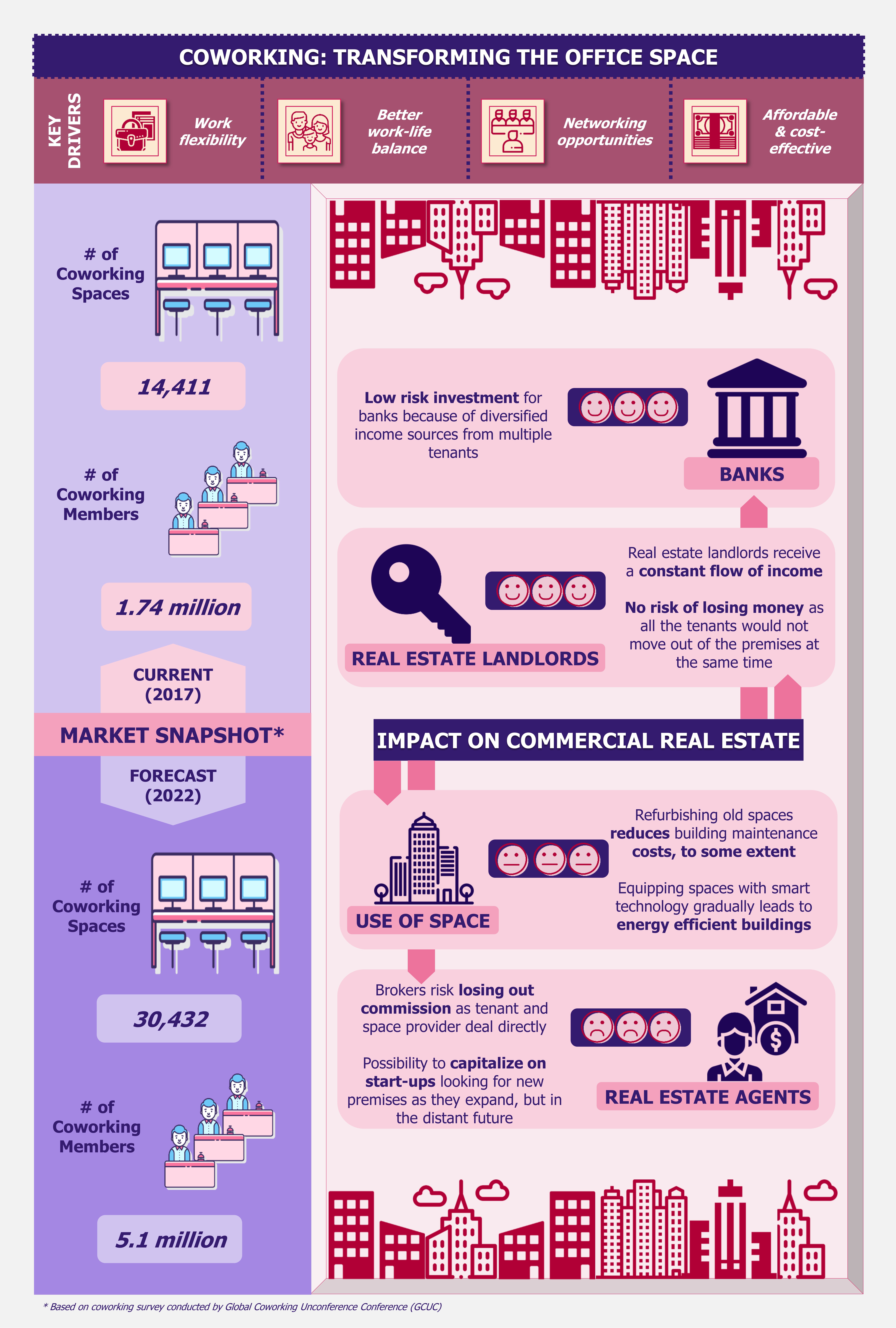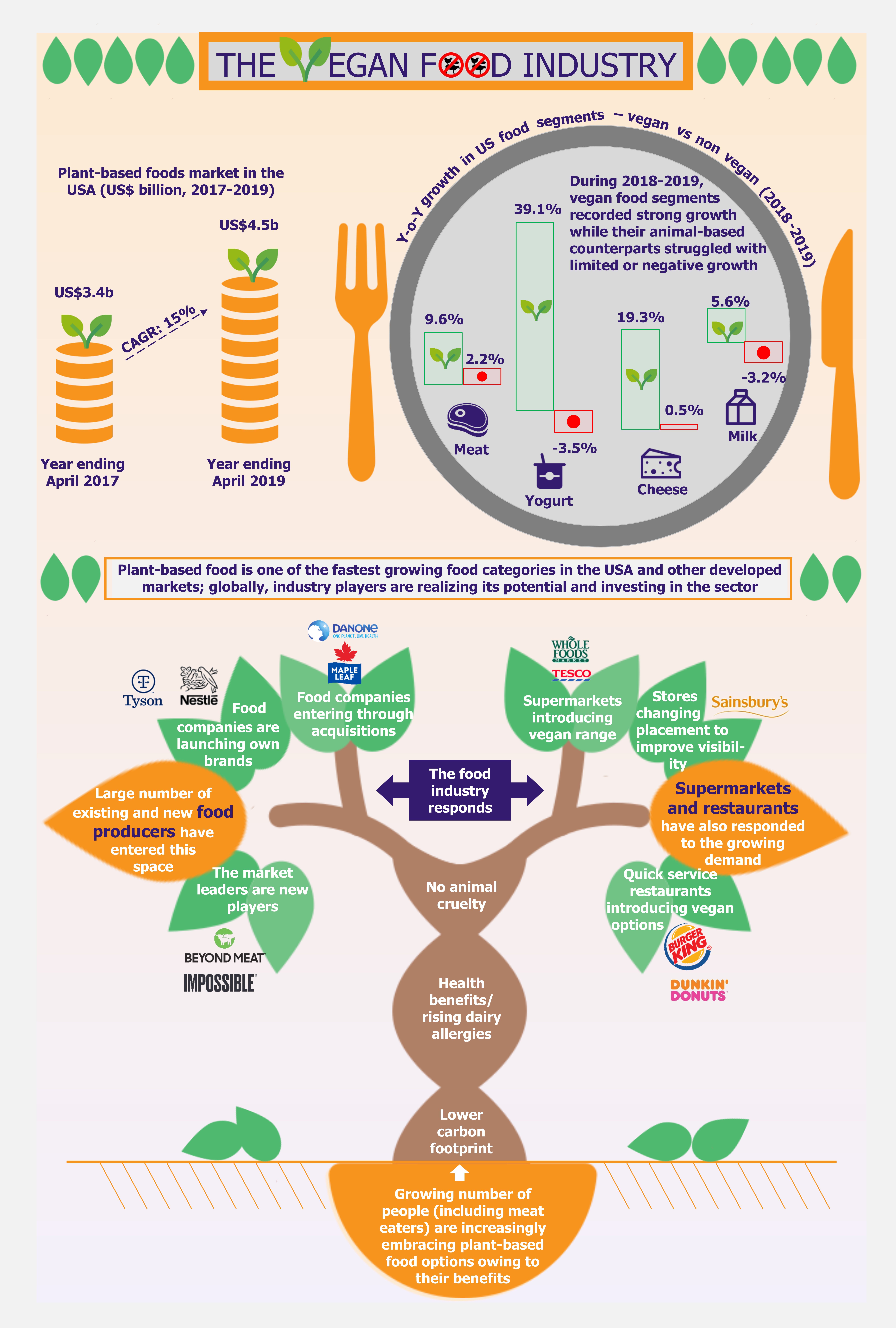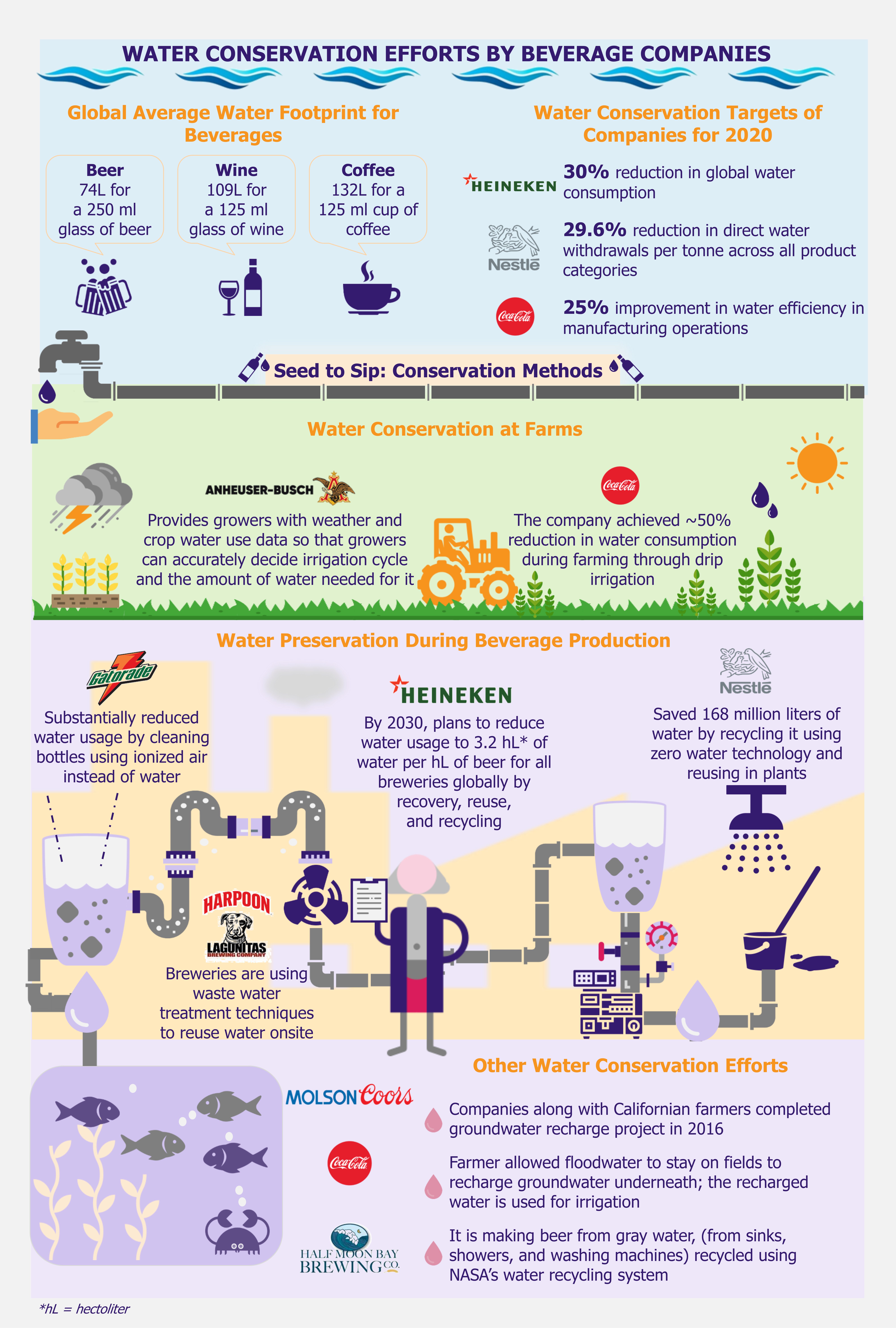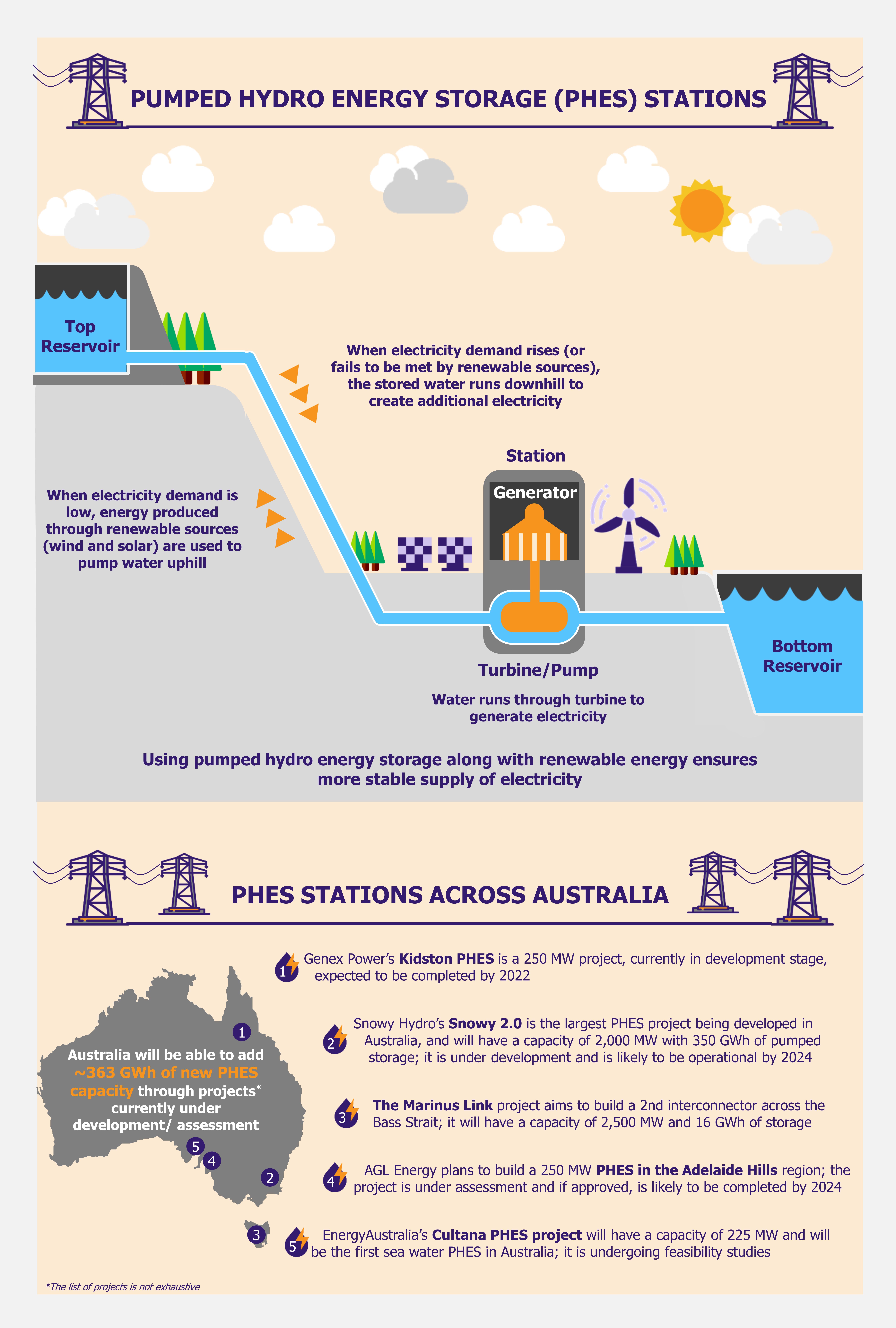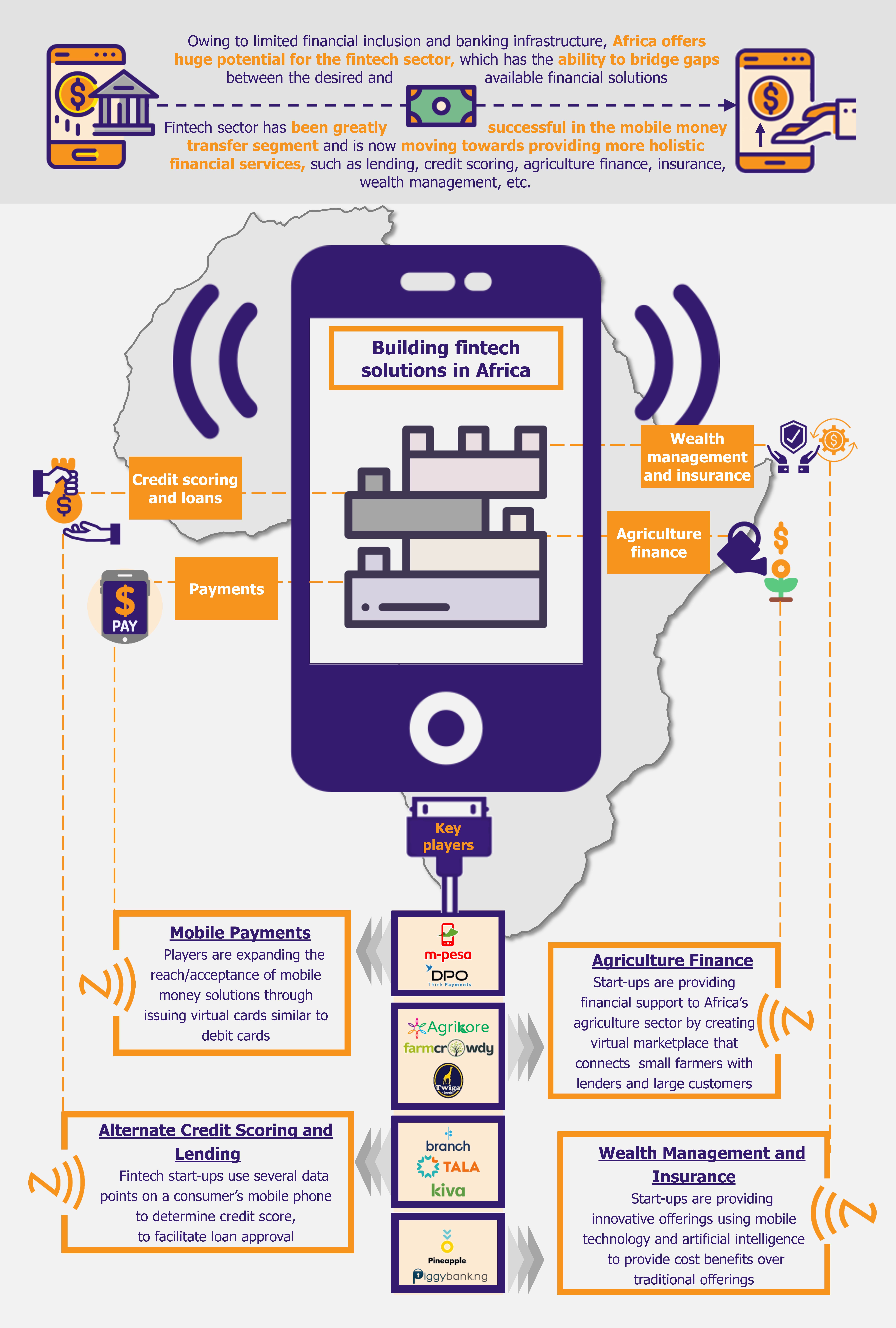Over the past few months, a lot has been said about the shrinking automobile sales in the Indian market. Touted as one of the key drivers of India’s economic growth, the automobile industry is facing the worst slowdown in two decades as production and sales numbers continue to drop month after month sending the sector in a slump. While the government has made efforts to improve the situation, it will take more than just policies and measures to flip the status quo and bring the industry back on the growth path.
Indian automotive industry witnessed a period of growth during the first term of Modi government – we wrote about it in our article Commentary: Indian Automotive Sector – Reeling under the Budget in February 2018. However, over the past year, the auto sector is in shambles and far from recovery. The sector that contributes 49% of the manufacturing GDP in the country (and more than 7% to the country’s total GDP) has shown decline in growth in the past 18 months as the numbers continue to fall each month. The slowdown is so severe that it has affected all aspects of the business leading to piled up inventory, stalled production lines, decelerating dealership sales, delayed business investments, and job loss.
Quintessential factors that triggered the slowdown
There are various reasons that have plagued the auto industry in the recent months. One of the key factors is the inability of NBFCs (Non-Bank Financial Companies) to lend money. NBFCs, which largely depend on public funds (mainly in the form of bank borrowings, debentures, and commercial paper), have been facing liquidity crunch in the recent past as both public sector and private sector banks have discontinued lending money. This had a double effect on the auto sales – firstly low liquidity has restricted NBFCs ability to finance vehicles, thus having an adverse impact on sales, and secondly, the limited availability of funds bulleted the cost of financing vehicles thereby making them relatively more expensive, further worsening the sales scenario.
In October 2018, the Supreme Court of India announced that no BS-IV cars shall be sold in India with effect from April 1, 2020 (all automobiles should be equipped with BS-VI compliant engines, with an aim to help in reducing pollution in terms of fumes and particulate matter). Owing to this, consumers have delayed their plans to purchase vehicles expecting automobile companies to offer huge discounts in the early months of 2020. And to clear out their existing stock of BS-IV vehicles, it is highly likely that the companies will offer massive concessions before the deadline hits. Delay in purchase of vehicles on consumers’ end has contributed to the overall low sales.
Additional factors that add to the downfall include changes in auto insurance policy (implemented in September 2018) under which buyers have to purchase a three-year and five-year insurance cover for car and two-wheeler, respectively (as against annual renewals), inclusion of additional safety features (including airbags, seat-belt reminders, and audio alarm systems) in all vehicles manufactured after July 1, 2019 adding to the manufacturing cost for the OEMs, and stiff competition from growing organized pre-owned vehicle market which has doubled in size in less than a decade (the share of the organized channel of the pre-owned car market has increased to 18% in 2019 from 10% in 2010). Customers have been passive on buying new vehicles as the total cost of ownership goes up due to an increase in fuel prices, higher interest rates, competition from used cars segment, and a hike in vehicle insurance costs.
Government initiatives to help the auto sector recover
To boost demand for automobiles and offer some respite to the businesses operating in the space, the government announced a number of measures and policies. These include lifting the ban on purchase of vehicles by government departments (the ban was introduced in October 2014), which is hoped to result in loosening of stocked-up inventory and getting sales for automakers, component manufacturers, and dealers. Government also announced additional 15% depreciation on new vehicles for commercial fleet service providers acquired till March 2020 with the aim to clear the high inventory build-up at dealerships.
Other than lifting the ban and price reductions, the government also announced that all BS-IV engine-equipped vehicles purchased until March 2020 will remain operational for the entire period of registration. This will have a two-fold effect – firstly, automakers will be able to push out their stock without having to upgrade existing models and make them BS-VI-complaint (since no more BS-IV-complaint vehicles will be registered post March 2020 and manufacturers will have to upgrade to BS-VI from BS-IV emission standard on the old stocks) thus clearing old inventory, and secondly, consumers can expect much higher discounts. This is expected to provide enough movement within the auto sector, both in terms of sales and revenue generation.
Government has also taken steps to stabilize the NBFC crisis where a separate budget of US$ 14 billion (INR 100,000 crore) has been announced to refinance selected NBFCs. While it is clear that these limited funds will not last long, currently, any step taken to recover from the situation is welcomed.
Though considered temporary, the relief measures offered by the government have gained traction in the industry and players believe that these provisions will have a positive impact on the buyers’ sentiment, even if for a short period of time.
Implications of the auto industry crisis
The slowdown is expected to have a negative impact across all aspects of auto business, especially in the short term. Drop in sales has led manufacturers to decrease production (and even stop production for a certain period of time), cut down overall costs, and reduce headcounts thus weighing down the overall automotive sector.
The months leading to reduced sales did not only impact the production capacities but also resulted in the loss of more than 350,000 jobs. In the coming months, many more risk losing their jobs owing to plant shutdowns, dealership closures, and small component manufacturers going bankrupt.
The cost of vehicle ownership has also increased. Automobiles attracts the highest GST slab of 28%, and this, coupled with the varying road and registration charges imposed by state governments, makes the upfront cost of the vehicle exorbitant for a large segment of consumers (especially the working middle class for whom a two-wheeler or a small segment car is a basic necessity rather than a nice-to-have convenience) making it almost impossible for them to but it.
Given that the automobile sector works in conjunction with other industries, the current slump in auto sales will pull down ancillary industries including parts and components, engines, battery, brakes and suspension, and tire, among others. Considering the fact that the sector contributes nearly half to the country’s manufacturing GDP, if the issue at hand is not addressed immediately, it will further add to the ongoing economic crisis within the country worsening the situation altogether.
EOS Perspective
Policies announced by the Modi government to revive the tumbling automobile sector only seem to mitigate the negative sentiments circling about the future of the industry. However, at this stage, what the industry really needs is a stimulus package in the form of tax incentives or liquidity boost to immediately change things on the ground level.
There is an urgent need of a remedial course of action on the government’s part to stop the vehicle sales from dropping further. As an immediate relief to boost sales and invigorate the auto sector, the government should implement a GST cut on vehicles. This would kick-start vehicle demand almost instantaneously that would work in favor of the automobile industry – manufacturers (to resume halt production), dealers (to clear inventory), and parts makers (to resume small parts and component manufacturing), help resuscitate lost jobs, and contribute, to a small extent, to strengthen country’s slow economic growth.
However, with the government turning a blind eye to industry needs (lowering the GST slab), there is only so much the business owners can do. Under this current scenario, unless the government takes some drastic measures that ensure validation in backing automakers, auto ancillary businesses, and dealers, the sector is unlikely to recover soon. Provisional policies and short-term measures can offer momentary relief but not the survival kick the auto industry is in dire need of.






